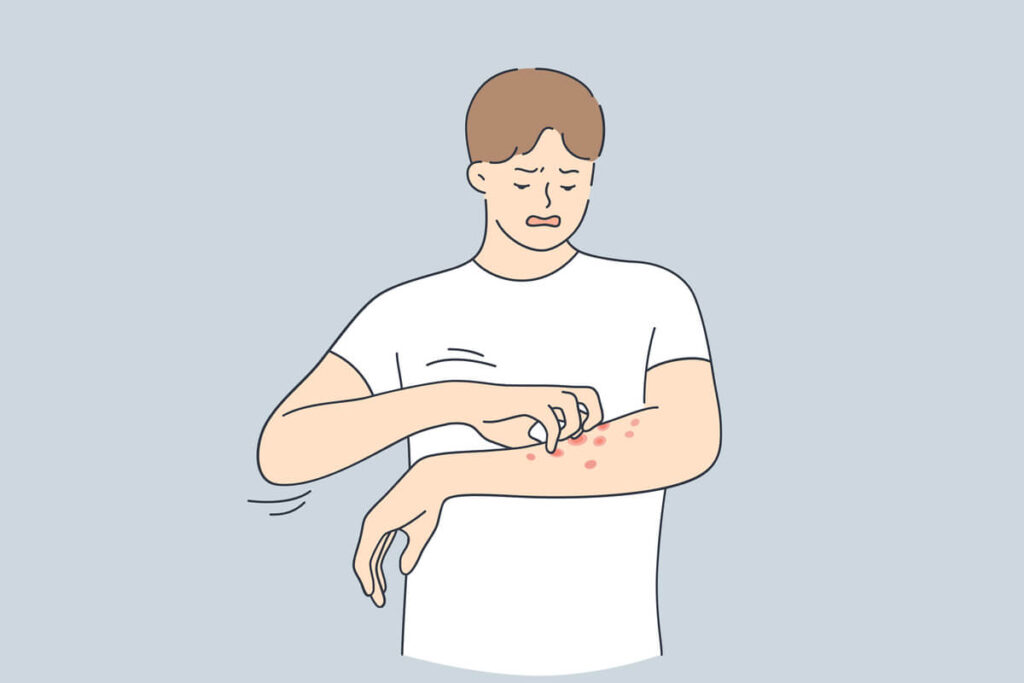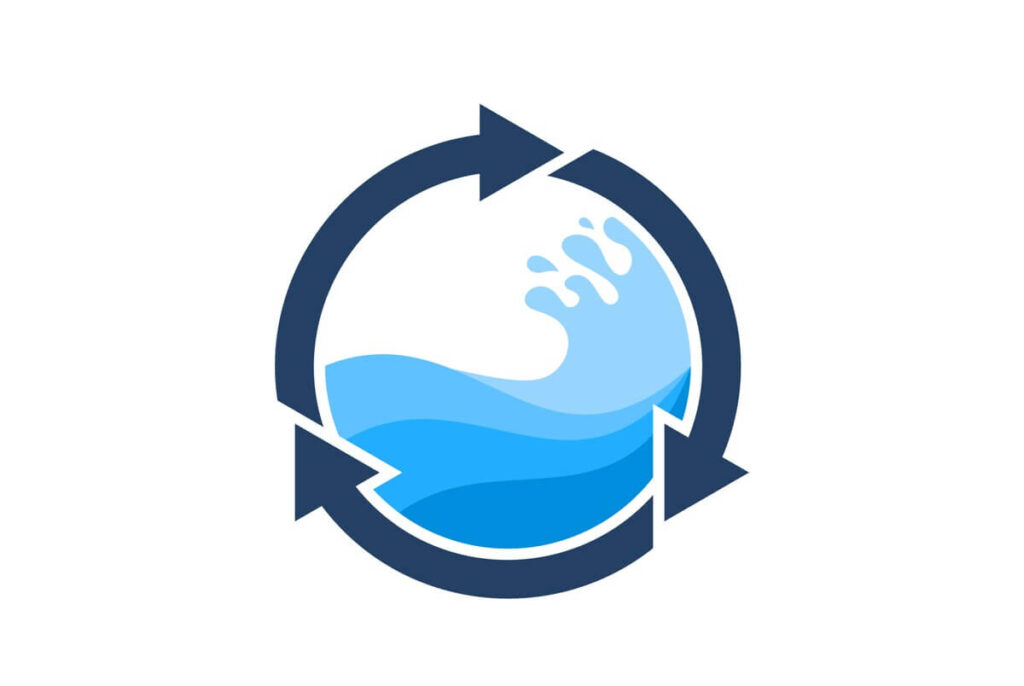Good morning, Bengaluru!
🌧️ Today’s weather: More thundershowers.
🧐 Did you know? In 1974, the former All India Institute of Mental Health was merged with the Mysore Government Mental Hospital, previously called a lunatic asylum, to form NIMHANS.
🥼 Soothing the itch

Doctors reveal a rise in rare fungal infections.
Story so far: 37-year-old Chittaranjan Das experienced severe itching and red patches between his toes, which worsened over two weeks. Initially relieved with over-the-counter ointment, the patches returned on his sole. A dermatologist diagnosed dermatophytosis, a fungal infection resistant to usual treatments. Doctors suggest its gaining prevalence in the city.
- In the last few years, dermatologists attest to witnessing a 30-40% surge in severe fungal infection cases, especially recurrent dermatophytosis.
- Dealing with the abuse of over-the-counter creams, particularly those containing steroids, is another major challenge.
Look out: Dr Shivprakash M Rudramurthy, a mycology expert, warns that tight jeans and shoes can increase susceptibility to dermatophytosis. Wearing clothes immediately after a shower without drying off may also heighten the risk. To prevent drug resistance, he advises against self-medication and timely consultation with experts.
- The government and medical community should also explore the role of antifungal use in agriculture and animal husbandry in resistance development.
👮 Police understaffed


Bengaluru’s former police commissioner tweeted about the city’s law enforcement capacity and necessary reforms.
Story so far: Former Police Commissioner and BJP leader Bhaskar Rao claimed, in a tweet, that the Bengaluru City Police are severely short on staff. He said that an additional 50,000 personnel are required to adequately address the city’s crime needs. Based on his experience, he made some other suggestions.
- First on his list is a safety commission to address new-age crimes like narcotics, finance, road rage, terror, and real estate.
- In February, the state government announced plans to recruit 2,000 police personnel and add 20 stations to curb crime.
🚇 Metro on a Shakti high


The state government’s Shakti scheme has pushed metro ridership higher.
What’s it about? When they rolled out free bus travel for women under the Shakti scheme in mid-June, folks thought it might dent Metro rail ridership. But the data tells a different story. It turns out that boosting women’s free travel in buses has actually raised metro ridership.
- In May, the metro’s monthly ridership stood at 5.6 lakh passengers per day. After the Shakti scheme, the average per day ridership jumped by 40,000 passengers in June.
- In July, the daily ridership witnessed an even higher upshot. The all-time high was on July 15 when 6.7 lakh passengers rode the metro.
More moolah: Anjum Parwez, managing director at the Bangalore Metro Rail Corporation Limited (BMRCL), said that the Shakti scheme is spurring more people to avail of public transport. On weekdays, they’re hitting 6.2 to 6.3 lakh riders. Every additional 40,000 passengers bring in ₹15,00,000 daily.
- Officials reckon that Shakti has either encouraged more women to embrace all kinds of public transit, or women’s increased bus ridership has pushed the crowd to Namma Metro or both.
🌊 Turning groundwater tables


The drop in groundwater levels has alerted experts to the necessity of city-level recharge wells.
What’s it about? Groundwater levels in Bengaluru have plunged, dropping over four meters in some areas compared to last year’s data. Experts stress the urgency of focusing on improving groundwater recharge systems. While rainwater storage and reuse during monsoon is one option, Bengaluru needs recharge structures at the city level to maintain the depleting water table.
- The monthly groundwater report by Groundwater Directorate highlights significant declines in Bengaluru East and Bengaluru South by over 4 meters below ground. Bengaluru North has seen a drop of almost 2 meters.
- In Bengaluru East, groundwater can be found at depths ranging from 50 to 53 meters below ground level. Meanwhile, in Bengaluru North, South, and Yelahanka, it is available at depths between 10 and 20 meters below ground level.
Solutions: Making groundwater recharge wells mandatory for all households and commercial spaces could be the way to go. These structures, feasible in public areas, offer a sustainable solution. The Bruhat Bengaluru Mahanagara Palike (BBMP) has laws regarding this.
- Per BBMP by-laws 2003 and BWSSB Amendment Act 2009, properties falling within their jurisdiction or connected to BWSSB must have a recharge well if they meet specific size criteria.
- The required dimensions are a minimum of one meter in diameter and six meters in depth.
📊 Today’s Poll
(Only subscribers can participate in the polls)
Do you like playing games on your phone or laptop?
- I prefer playing on my phone.
- I prefer playing on my laptop.
❓ Today’s Question
(Only subscribers can submit their answers)
What measures, if any, do you personally take to save water?
Reply to this email with your answers.
🗞️ In other news…
- Tomato prices in Bengaluru drop to below ₹100 per kg.
- The police held a Rapido captain for allegedly harassing a woman.
- A farmer’s vehicle carrying tomatoes was stolen in Bengaluru.
- The Ejipura tender is expected to receive clearance in the cabinet on Thursday.
- Mysore Pak takes the world by storm.
That’s it for today. Have a great day!
